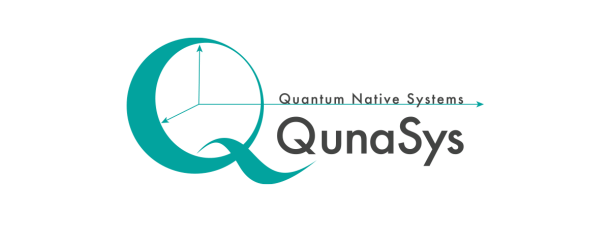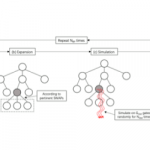QunaSys Develops ‘Deep VQE’ that Enables Computation on Large Systems Using Small-Size Quantum Computers

(QunaSys) Prof. Fujii (QunaSys Chief Advisor), Assistant Prof. Mitarai (QunaSys CSO), Special Associate Prof. Mizukami (QunaSys Advisor) from Osaka University, and Dr. Nakagawa from QunaSys have devised a method called “Deep VQE” that enables computation on large systems by iteratively using small-size quantum computers. The preprint is now available as “Deep Variational Quantum Eigensolver: a divide-and-conquer method for solving a larger problem with smaller size quantum computers”.
NOTE: QunaSys is an exhibitor at the upcoming IQT Europe.
QunaSys'”Deep VQE” takes advantage of the VQE calculations only on a small-sized quantum computer to solve the effective Hamiltonian of the whole system and enables calculations on very large systems compared to the size of the quantum computer. Compared to previous studies that applied an existing divide-and-conquer method in quantum chemistry to quantum computers [1], Deep VQE gives a general formulation that can be applied to various condensed matter physics and quantum chemistry problems. Furthermore, the hierarchical use of the “subsystem and whole system” structure allows us to deal with very large systems compared with actual sizes of quantum computers used for VQE. For example, the quantum spin model with nearest-neighbor interactions on 32*32=1024 sites of a two-dimensional square lattice (equivalent to 1024 qubits problem) can be treated with a quantum computer with up to 32 qubits by using Deep VQE. In the paper (preprint), we performed numerical simulations for frustrated spin systems coupled in a one-dimensional fashion to evaluate the accuracy of the method and confirmed that Deep VQE can obtain results close to the exact solution of the whole system.
In order to solve problems of practical sizes in condensed matter physics and quantum chemistry, where the “quantum advantage” of NISQ devices is expected, the size (number of qubits) and accuracy of the currently realized NISQ devices are not sufficient yet. Therefore, there is a strong need for methods to solve large size problems using small size quantum computers.



















